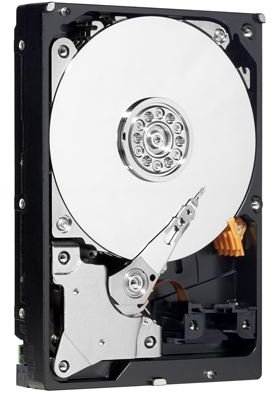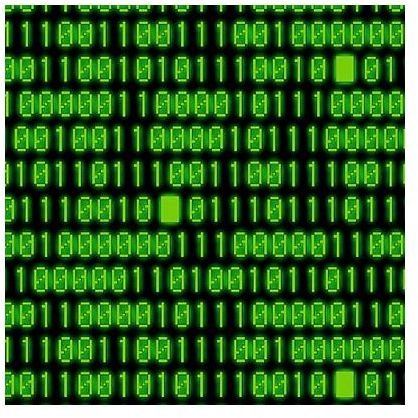Security Problems - Deleting Files Permanently
Security Problems - Deleting Files Permanently
Selecting a file and pressing the Delete key on your keyboard, or right-clicking and selecting Delete file gets rid of the file, right?
Wrong.
If you’re just pressing Delete, the file will end up in the Recycle Bin, from where it can easily be recovered. This is just the tip of the iceberg when it comes to deleting files permanently.
While you might consider Windows’ inability to securely delete files to be a security problem, Microsoft prefers to treat it as a feature. Useful to both the end user in many cases, IT support professionals and forensic IT specialists, the standard delete function means that files can be recovered if necessary. This can of course lead to security problems- deleting files permanently becomes a much more difficult task.
As such, there are three types of deletion:
- Delete and Recycle
- Standard Delete
- Deleting Files Permanently
We’ll take a look at each.
Delete and Recycle
A basic delete in Windows results in your discarded file or folder being sent to the Recycle Bin– from where it can easily be restored.
To perform this kind of delete, select the file or folder you no longer want and press the Delete key on your keyboard. You might also choose to right-click your mouse on the intended icon and choose Delete from the context menu.
Whichever method you choose, Windows will ask you to confirm your action– if you click No, no further action will be taken. Clicking Yes will send the item to the Recycle Bin.
Restoring a file or folder from the Recycle Bin is a simple case of clicking on the icon on your desktop, browsing through the list of items in your Recycle Bin, highlighting the file you want to keep, and choosing Restore from the menu when you right-click. You can also Restore all items using the command in the sidebar. Choosing Empty the Recycle Bin will perform a standard delete.
Standard Delete
The standard delete in Windows will remove your discarded file or folder from the file structure, meaning that you will be unable to see it ever again – not without specialist software, anyway.
To perform a standard delete, select a file to discard, hold down the Shift key, and press Delete on your keyboard.
An alternative is to right-click the intended file and hold down Shift as you select Delete from the context menu.
Once deleted the file can no longer be seen– however, it still exists on your hard disk drive. If the file needs to be restored, suitable software should be employed as soon as possible. Waiting too long will lead to the file being fully deleted as it is overwritten with newer data, although even this isn’t enough to prevent data from being restored.
Whether or not you consider this to be one of several Windows security problems, deleting files permanently can be achieved with the right tools.
Deleting Files Permanently

Permanent deletion from a hard disk drive requires specialist software.
An application like File Shredder (available from www.fileshredder.org) will delete a file completely by overwriting the file several times with other, random data, in order to securely remove the data from the HDD.
Studies have revealed that as many as 35 overwrites are required to completely delete a file and make it unreadable by forensic experts - this is known as the Guttman Standard, and a file deleted this many times would be irretrievable.
As you can see, permanent, secure deletion can only be performed with specialist software.
